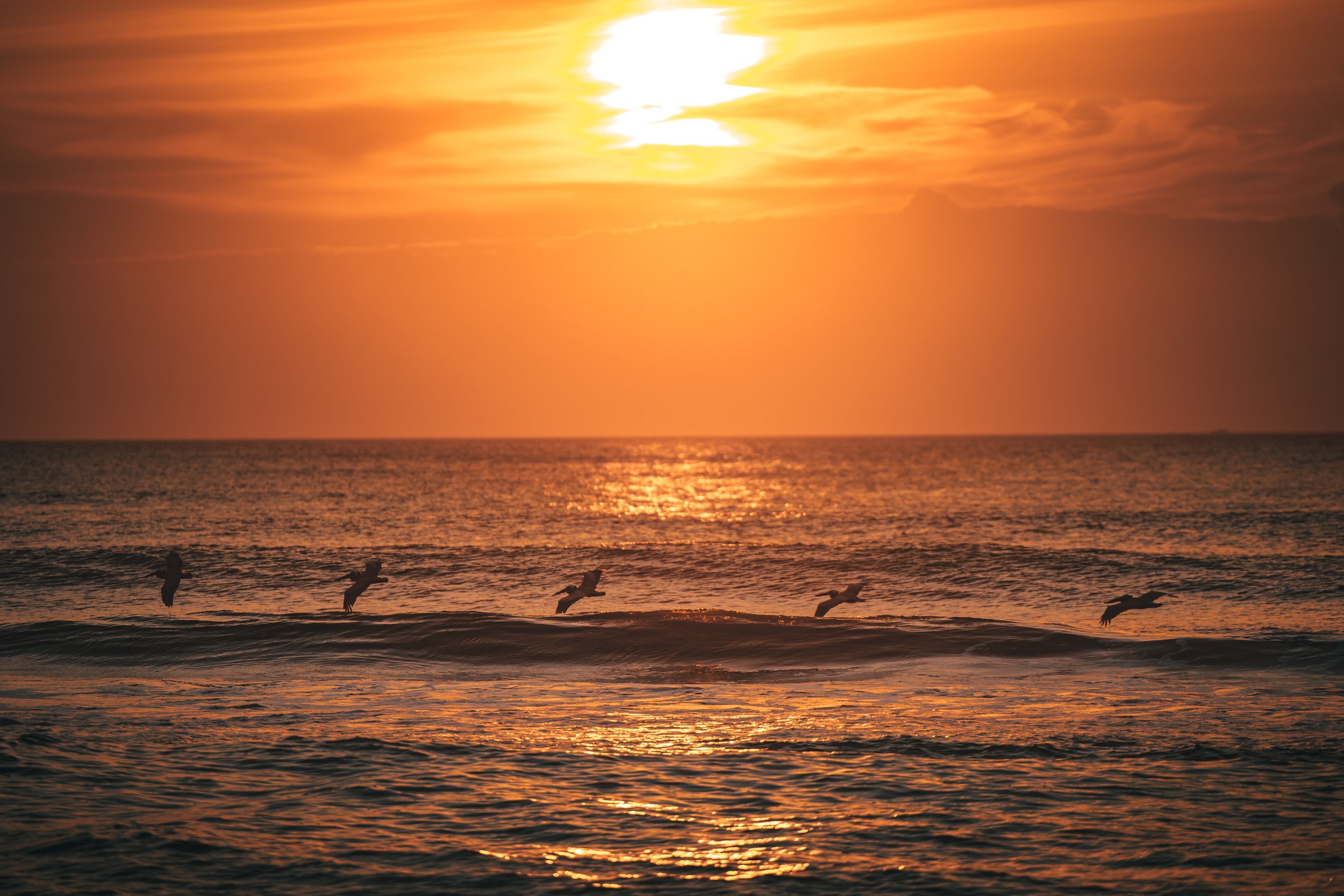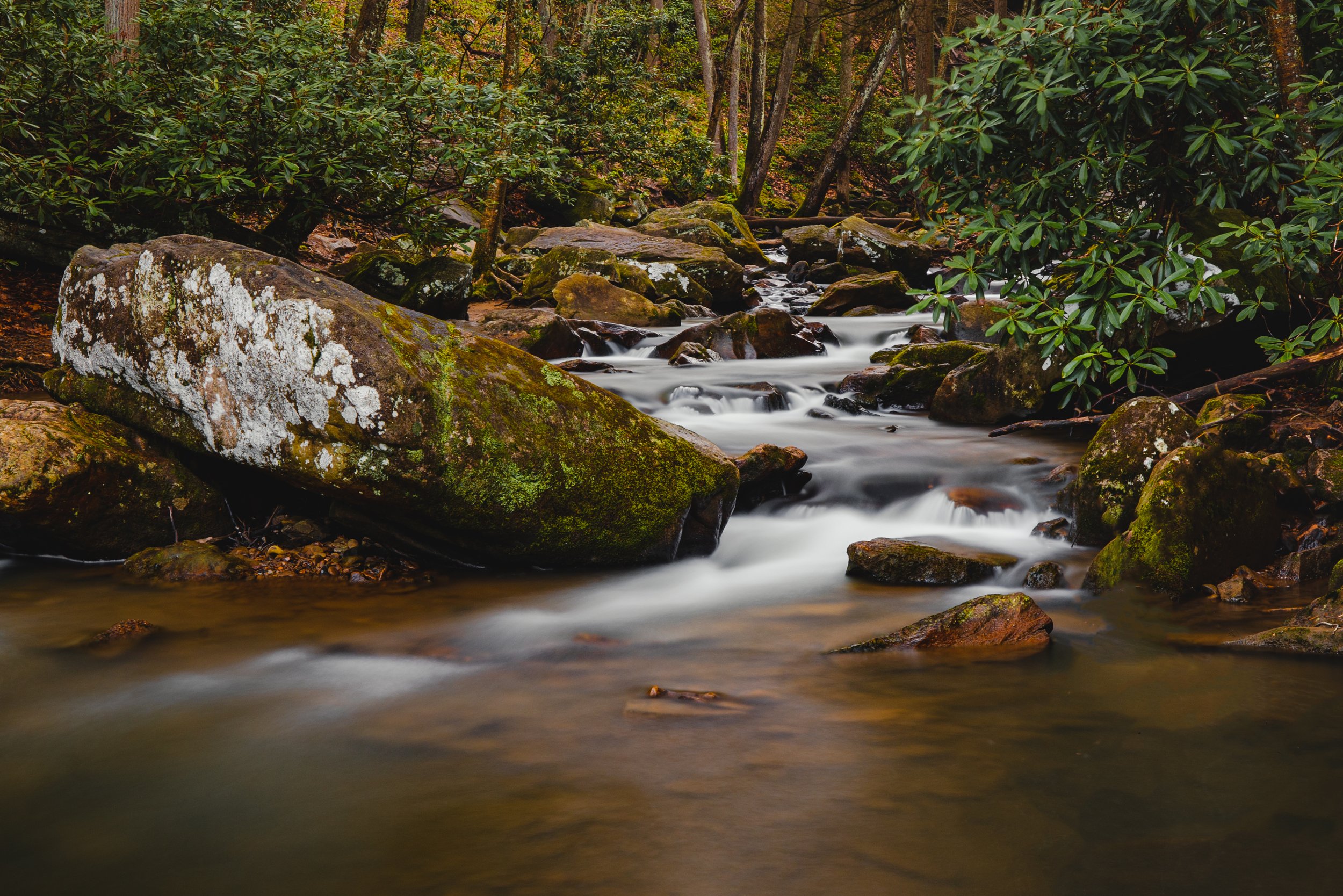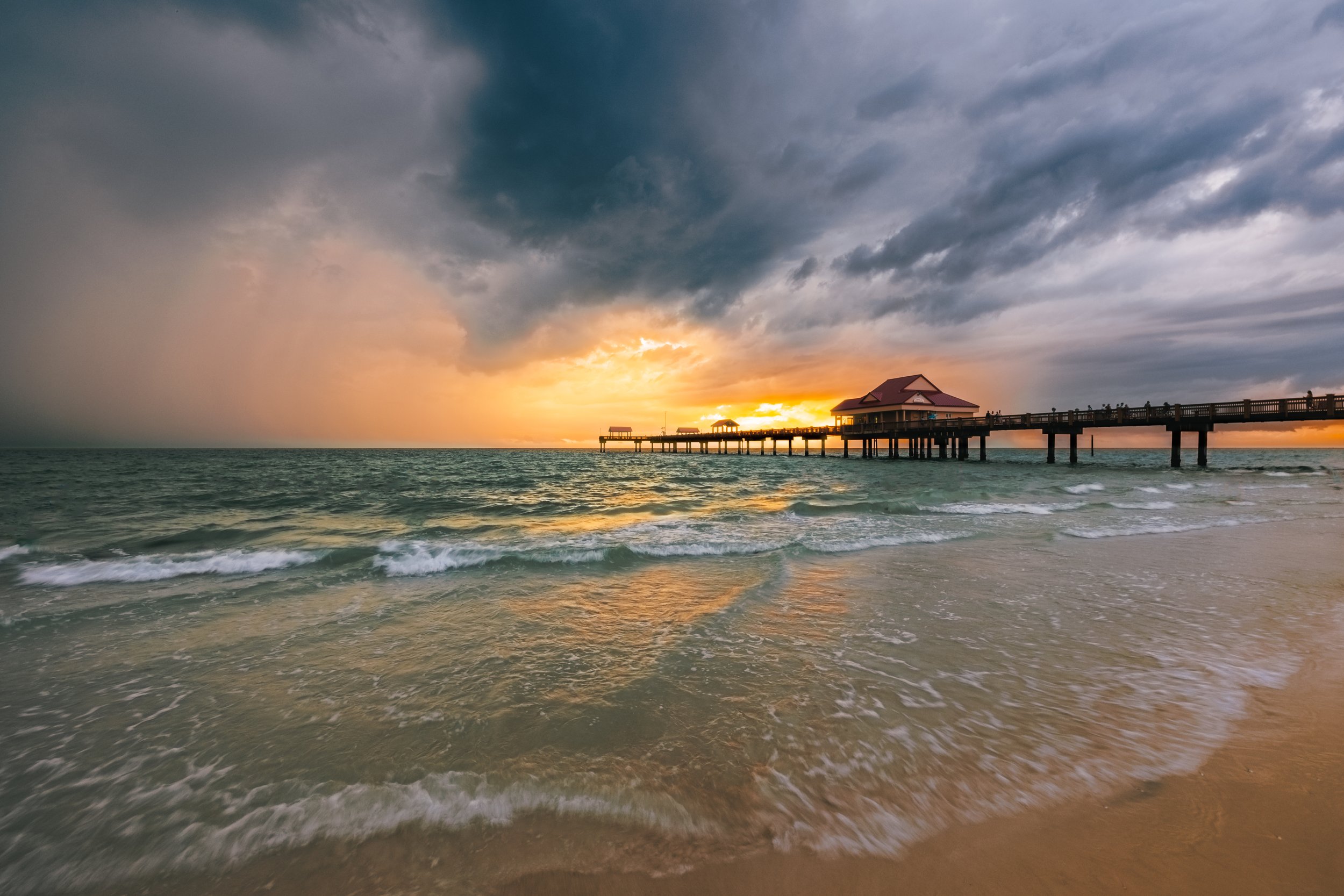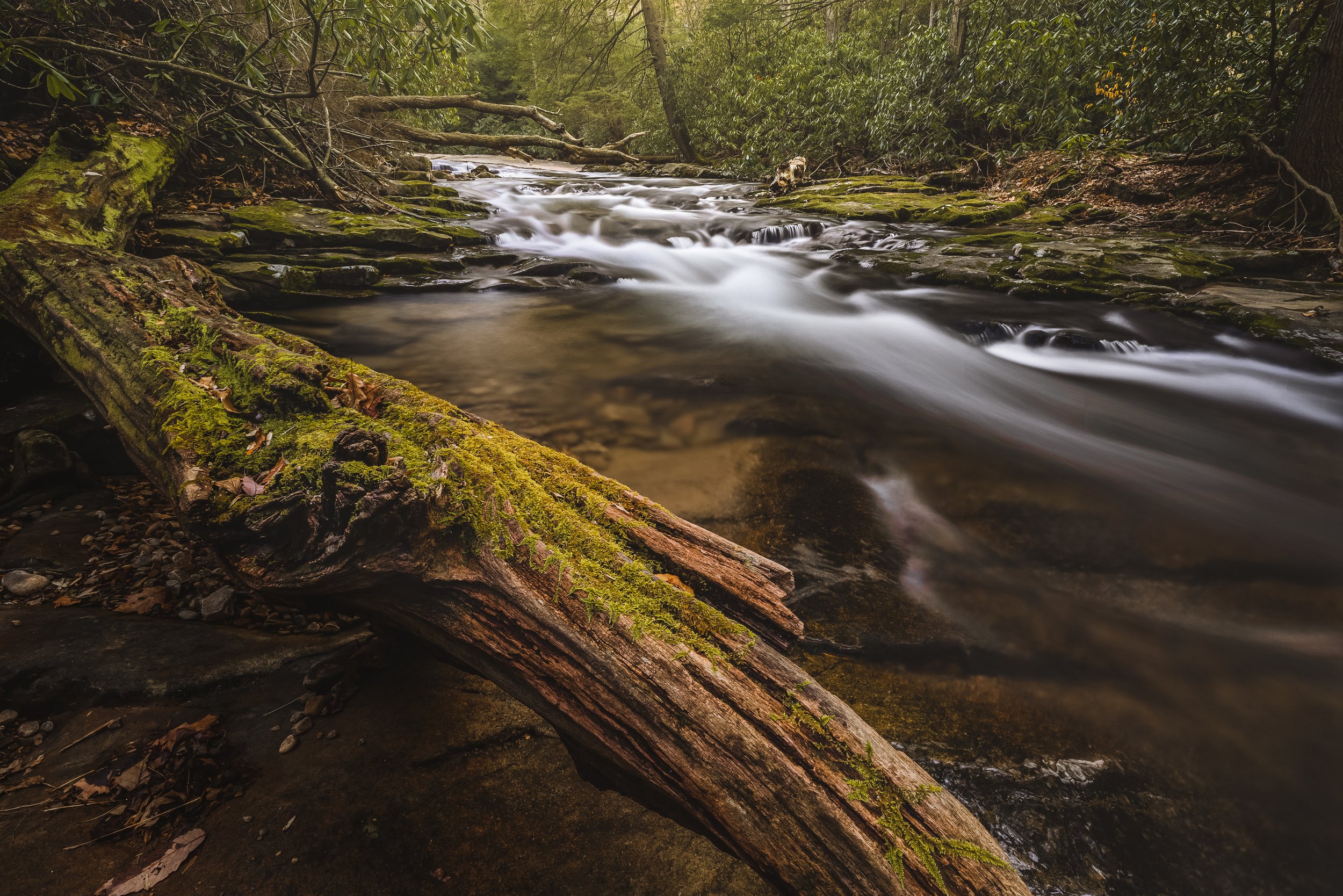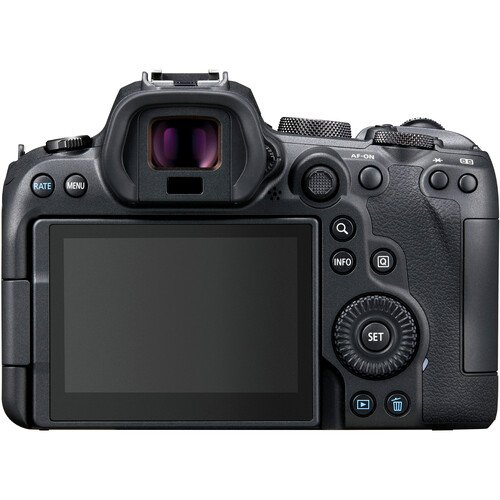Canon R6 | Long Term Review
The Canon EOS R6, a camera that has served as my main camera (outside of my professional work) for the past two years. Having shot thousands of photos and hundreds of hours of video with it, I thought it was only fitting to sit down and give you my thoughts.
Let’s start off with why, why the Canon R6? I hit on this briefly in my 1 month review of the Canon R6, but to summarize, I was unhappy with the autofocus of the Panasonic Lumix S1 and with how slow they were releasing lenses for their S-Line of cameras. I had used Sony cameras in the past but never loved how they felt in the hand, the menu system at the time was in need of a complete overhaul and I had just generally not been impressed with the image I got out of them. That left Canon. They had just announced the R5 and R6, a significant improvement over the R and RP, the RF lens lineup was being updated almost every month with new lenses and I had previously shot extensively with Canon’s professional DSLR and Cine camera’s.
With all of that being said, I had my reservations at the beginning. The 20MP sensor was a step down from the 24MP sensor of the Lumix S1. At the time it only had CLog vs. the full fledged VLog found in the S1. Initial reviews where filled with horror stories about how the camera overheats, how the image stabilization was unusable, the dynamic range is bad and that people should generally avoid purchasing the camera. I was so close to canceling my preorder, but 2 years later, I am glad I didn’t.
Through constant firmware updates, credit to Canon, the R6 has been transformed from what was an ‘unusable’ camera to one of my favorite cameras of all time. I have traveled thousands of miles, from the blistering heat and humidity of Florida in the summertime to the freezing cold winters here in Pennsylvania, the R6 has never let me down. It has never overheated on me, never froze up or required a reboot, never corrupted a card or done anything to make me question it’s reliability. Canon fixed the overheating, fixed the IBIS wobble (mostly), improved autofocus performance and added in CLog3 to help boost the dynamic range. Now should these things have been done before shipping the camera? Probably, but it is nice to see a company stand behind and continually update and refine their camera’s years after initial release.
Strengths
At the core of it all is image quality. We buy these camera’s to create beautiful images and that starts with the sensor. The heart of the R6 is a 20.1MP sensor out of the 1D X Mark III, a camera costing over double what the R6 was at launch. For photos you get images that have incredible amounts of detail despite the relatively low megapixel count. I have never felt held back by the sensor, the latitude of the RAW files allow me to push and pull the image in post with no noticeable effect on images quality. You can see why Canon was so keen to repurpose the sensor out of the 1D X Mark III and not develop an entirely new chip for the R6, it just works, really really well.
For video, the image out of the R6 has an adequate amount of dynamic range, the colors are accurate and pleasing and overall I feel like it strikes a great balance between a professional cinema camera and dedicated stills camera. Another fear of mine when purchasing the R6 was that if you look strictly at the lab charts, the R6 has about one stop less dynamic range compared to the competition. In the field you don’t notice this difference. I have shot with the Sony A7S III, A7 IV, Panasonic S1 and the S5. I can honestly tell you that the image from the R6 is one of my favorite between all of them.
Canon does this thing where their camera’s often never stand out on paper but the sum of the parts is greater than the whole. The R6 has fantastic image quality, great battery life, a friendly menu system, superb ergonomics and rock solid build quality. It has nice tactile buttons, a great EVF and an articulating rear LCD screen. Each part on it’s own is not a standout, but together they make for an enjoyable experience when operating and actually using the camera.
I believe we have hit a point in sensor and camera technology that there really is no bad camera. You can make beautiful images with just about any Sony, Canon, Panasonic, Nikon or Fuji camera out today. The R6 has been out for 2 years and with Canon just releasing the R6 Mark II, there is little reason to upgrade to it. Camera releases these days are more like incremental improvements and less like the big leaps we were seeing 10 years ago.
Weaknesses
There is no perfect camera, and the R6 certainly has its shortcomings. The biggest one for me is the imposed 30 minute record limit. Is the camera able to record for longer, absolutely, so why Canon added this archaic recording limit is beyond me.
While Canon has released updates to remedy the IBIS wobble, if you are shooting with the RF 15-35mm f/2.8, you are going to see some jello in the corners. To my knowledge, this has more to do with physics and less to do with Canon. A lot of companies like Panasonic and Sony have flat out just not included stabilization in any of their wide angle lenses. I would rather have it and be able to turn it off than not have it at all and so while Canon has received a lot of flack for image wobble, I appreciate that they have still chosen to included stabilization in all of their lenses.
Lastly, I would be remised if I didn’t mention dynamic range. Now this truly only applies to video as the RAW files in photo mode are very robust. Yes, the video coming out of the R6 is very usable, BUT there is no denying the fact that is is dead last in dynamic range when compared to the competition. I would have loved to have seen the Canon R6 Mark II take a big leap in this aspect. I have seen reports saying it is slightly better, but still lags behind Sony and Panasonic.
Conclusion
To wrap a bow around this, after 2 years with the Canon R6, I have no desire to trade it in for another body. It is a robust and reliable little camera with all of the frame rates and features I need to make my videos, as well as being an absolute joy to use for photography. I have no babied this camera and it has not let me down. The Canon R6 promised to be a great mix of ergonomics, battery life, great image, good resolution and it has delivered on all of those fronts. With the R6 Mark II being out now, I would highly recommend looking into it if you have $2,500, but if you want a deal, the original Canon R6 is probably going to go down as one of the greats in Canon’s camera history.

